Home>Garden Essentials>What Do Lawn Care Companies Do With The Leftover Clippings
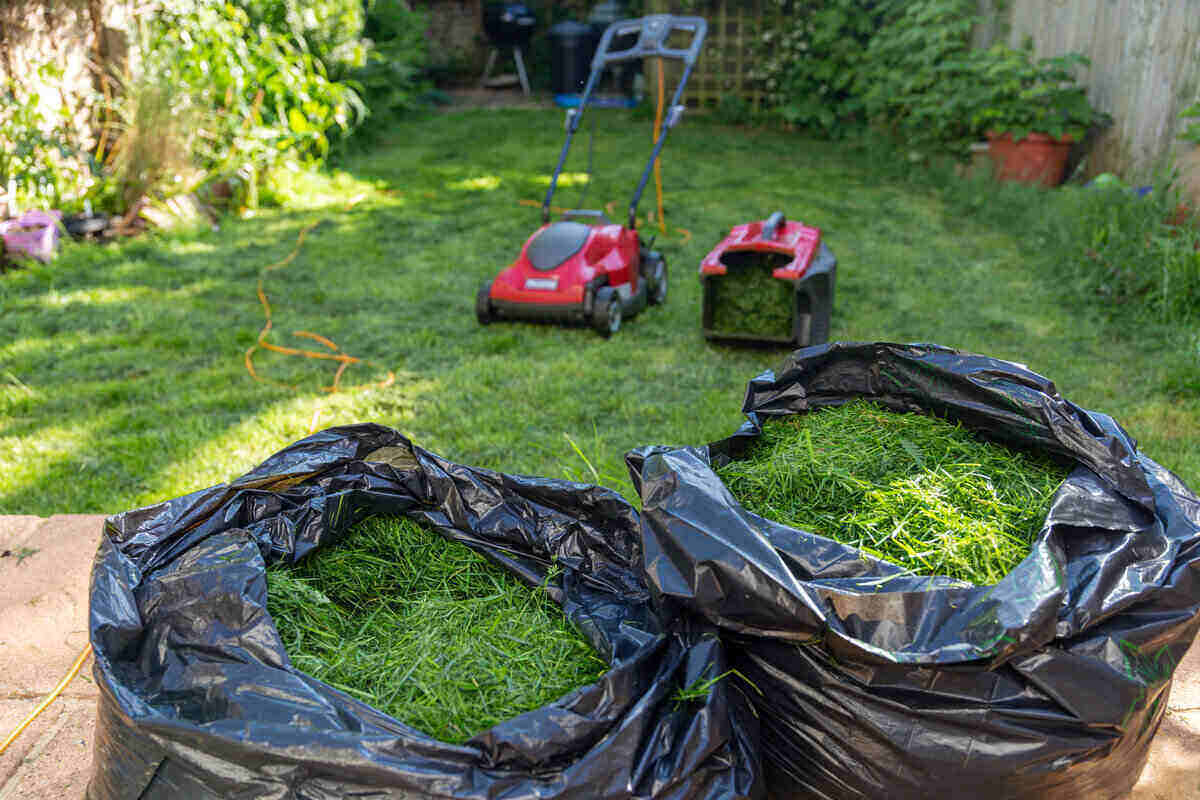

Garden Essentials
What Do Lawn Care Companies Do With The Leftover Clippings
Modified: August 27, 2024
Discover how garden lawn care companies handle leftover clippings from your garden, ensuring a clean and well-maintained space.
(Many of the links in this article redirect to a specific reviewed product. Your purchase of these products through affiliate links helps to generate commission for Storables.com, at no extra cost. Learn more)
Introduction
When it comes to maintaining a healthy and vibrant lawn, regular mowing is an essential task. However, this process inevitably results in leftover grass clippings. Have you ever wondered what lawn care companies do with these clippings? Well, you’re in luck! In this article, we will explore the various disposal options for lawn clippings and shed light on how these leftovers can be put to good use.
As responsible homeowners, it’s important to understand why clippings are leftover in the first place. The main reason is that most professional lawn care companies use mulching mowers, which leave behind finely chopped grass clippings on the lawn. These clippings act as a natural fertilizer, returning valuable nutrients back into the soil. However, there are cases where excess clippings need to be disposed of to maintain the overall health and appearance of the lawn.
Let’s delve into the different options for disposing of lawn clippings:
Key Takeaways:
- Don’t toss those grass clippings! Lawn care companies can recycle, compost, or mulch them to nourish the soil, reduce waste, and promote a healthier, greener lawn.
- Grass clippings have many uses! They can be composted, used as natural mulch, or even donated to farms for animal feed. Let’s get creative and eco-friendly with leftover clippings!
Read more: What Do Lawn Care Companies Spray On Grass
Why Clippings are Leftover
As mentioned earlier, the use of mulching mowers is a common practice among professional lawn care companies. These mowers are designed to finely chop the grass clippings and disperse them back onto the lawn. This process is known as “grasscycling” and has several benefits for the overall health of the lawn.
However, there are situations where excess clippings may accumulate and need to be managed. This can occur if the grass is too long, the mower height is set too low, or if unfavorable weather conditions make the grass clippings clump together. Additionally, some homeowners may prefer to have a pristine, clippings-free lawn for aesthetic reasons.
It’s important to note that leaving grass clippings on the lawn can actually be beneficial. The clippings act as natural mulch, helping to retain moisture and suppress weed growth. They also decompose quickly, providing valuable nutrients back into the soil. This can reduce the requirement for additional fertilizers and promote a healthier, more sustainable lawn.
However, when excess clippings need to be removed, lawn care companies have several disposal options available. These options vary depending on local regulations, environmental considerations, and the company’s commitment to sustainability.
Now that we understand why clippings are left over, let’s explore the various disposal options for lawn care companies.
Disposal Options for Lawn Clippings
When it comes to disposing of lawn clippings, lawn care companies have a range of options available. These options ensure that the clippings are properly managed, minimizing waste and maximizing their potential use. Let’s take a closer look at some of the most common disposal methods:
-
Mulching
Mulching is a popular and environmentally-friendly method of disposing of grass clippings. Instead of collecting and removing the clippings, they are finely chopped and left on the lawn. Mulching benefits the soil by returning nutrients and organic matter back into it. The clippings also act as a natural fertilizer, helping to retain moisture and suppress weed growth.
-
Composting
Another sustainable option for managing lawn clippings is composting. Lawn care companies can collect the clippings and combine them with other organic materials, such as leaves and kitchen scraps, to create nutrient-rich compost. This compost can then be used to enrich garden soil or donated to local community gardens.
-
Read more: What Do Most Lawn Care Companies Charge?
Grasscycling
Grasscycling is the practice of leaving the grass clippings on the lawn after mowing. As mentioned earlier, mulching mowers are used to finely chop the clippings, allowing them to decompose quickly and return nutrients to the soil. Grasscycling not only reduces waste but also saves time and effort by eliminating the need for clippings collection and disposal.
-
Donation to Farms or Animal Shelters
In some cases, grass clippings can be donated to local farms or animal shelters. Livestock, such as cows or goats, can consume grass clippings as part of their diet. Contacting nearby farms or animal shelters to inquire about their specific requirements and restrictions can help facilitate the donation process.
-
Recycling
Some areas offer recycling programs for yard waste, including grass clippings. Lawn care companies can check with local recycling centers to see if they accept grass clippings for recycling. The clippings can be transformed into compost or used for other beneficial purposes, reducing their environmental impact.
-
Landfill Disposal
As a last resort, if no other sustainable options are available, lawn care companies may need to dispose of the clippings in a landfill. However, landfill disposal should be avoided whenever possible due to its negative environmental impact. Landfills contribute to greenhouse gas emissions and consume valuable land resources.
-
Read more: What Is The Best Lawn Care Company
Alternative Uses for Clippings
Lastly, there are alternative uses for grass clippings that can be explored. For example, they can be used as a natural mulch around garden beds, pathways, or trees. Additionally, clippings can be used for weed suppression in vegetable gardens or as an ingredient for homemade compost bins.
As you can see, lawn care companies have several options for efficiently managing and disposing of grass clippings. These options ensure that the clippings are put to good use, contributing to a more sustainable lawn care practice.
Mulching
Mulching is a popular and environmentally-friendly method of disposing of grass clippings. Instead of collecting and removing the clippings, they are finely chopped and left on the lawn. This practice not only saves time and effort but also offers numerous benefits for the overall health of the lawn.
When the grass clippings are mulched, they are distributed evenly across the lawn, acting as a natural fertilizer. As they decompose, the clippings release valuable nutrients, such as nitrogen, phosphorus, and potassium, back into the soil. This process helps to nourish the grass roots, promoting healthier growth and greener turf.
In addition to providing essential nutrients, mulched grass clippings act as a natural mulch layer. This layer helps to retain moisture in the soil, reducing the need for frequent watering. It also helps to suppress weed growth by shading the underlying soil and preventing weed seeds from germinating.
The mulch layer created by grass clippings also protects the soil from erosion caused by heavy rain or wind. It acts as a barrier, preventing soil particles from being washed away and maintaining the integrity of the lawn.
Moreover, mulching the clippings promotes a more sustainable approach to lawn care. By leaving the clippings on the lawn, there is no need for bagging and disposing of them, reducing waste and the use of plastic bags. It also saves the energy and resources required for collecting and transporting the clippings to a disposal facility.
To effectively mulch grass clippings, it is important to use a mulching mower. These mowers are designed with specialized blades that finely chop the clippings, ensuring they break down quickly and blend into the lawn. It’s also recommended to mow the lawn regularly and not remove more than one-third of the grass height at a time. This allows for optimal mulching and prevents clumps of clippings from forming.
Overall, mulching is a sustainable and practical option for managing grass clippings. It promotes nutrient recycling, reduces waste, conserves water, suppresses weeds, and protects the soil. By adopting this method, both homeowners and lawn care companies can contribute to the health and sustainability of their lawns.
Composting
Composting is another effective and sustainable option for disposing of grass clippings. It involves collecting the clippings and combining them with other organic materials to create nutrient-rich compost. This compost can then be used to enrich garden soil, improve plant health, and reduce the need for chemical fertilizers.
Composting grass clippings not only diverts organic waste from the landfill but also harnesses its potential to create a valuable resource. When mixed with other organic materials, such as leaves, kitchen scraps, or garden waste, the clippings contribute to a balanced compost pile.
The decomposition process in a compost pile involves the breakdown of organic matter by microorganisms, resulting in the formation of humus-rich compost. Grass clippings are considered “green” or nitrogen-rich materials, which provide the necessary nutrients to facilitate decomposition. They add moisture, nitrogen, and other essential elements to the composting process.
It’s important to note that when composting grass clippings, it’s best to mix them with “brown” or carbon-rich materials, such as dry leaves, shredded newspaper, or small branches. This helps maintain the ideal balance of carbon to nitrogen ratio for efficient decomposition. Without a proper balance, the compost pile may become too compacted or develop an unpleasant odor.
When composting grass clippings, it’s essential to monitor the moisture levels in the compost pile. The pile should be kept moist, like a damp sponge, to facilitate decomposition. Turning the pile regularly helps aerate it and speed up the breakdown process. Within a few months to a year, depending on environmental conditions and the size of the compost pile, the grass clippings will transform into nutrient-rich compost.
The finished compost can be used throughout the garden as a soil amendment, mulch, or top dressing for plants. It improves soil structure, enhances its ability to retain moisture, and provides a steady supply of nutrients for healthy plant growth.
In addition to using the compost in your own garden, you may also consider donating excess compost to local community gardens, schools, or neighbors. This fosters community engagement and promotes sustainable gardening practices.
By composting grass clippings, lawn care companies can contribute to nutrient cycling, reduce waste, and promote environmental sustainability. Moreover, the use of compost instead of synthetic fertilizers helps to minimize the potential negative impacts on waterways and ecosystems.
Incorporating composting into lawn care practices not only benefits the environment but also creates a valuable resource that nurtures plants and supports healthy, thriving gardens.
Grasscycling
Grasscycling is a simple and efficient method of managing grass clippings by leaving them on the lawn after mowing. This practice not only saves time and effort but also provides numerous benefits for the health of the grass and the overall quality of the lawn.
When grass clippings are cut and left on the lawn, they quickly break down and release valuable nutrients back into the soil. The clippings act as a natural fertilizer, returning nitrogen, phosphorus, and potassium — essential elements for plant growth — to the grass roots. This natural nutrient recycling reduces the need for additional fertilizers, promoting a more sustainable lawn care practice.
One of the key advantages of grasscycling is improved moisture retention. The layer of grass clippings acts as a natural mulch, helping to retain moisture in the soil. This can be especially beneficial during dry periods, as it reduces the need for frequent watering and helps the grass withstand drought stress.
In addition to conserving moisture, the layer of grass clippings also helps to suppress weed growth. By covering the soil, the clippings prevent sunlight from reaching weed seeds, inhibiting their germination. This natural weed control method reduces the need for herbicides and minimizes the competition between weeds and the lawn.
Grasscycling also supports the development of healthier and denser grass. The decomposition of the clippings adds organic matter to the soil, improving its structure and increasing its ability to hold water and nutrients. This, in turn, promotes deeper root growth, leading to a more resilient and lush lawn.
To effectively grasscycle, it’s essential to use a mulching mower or a regular mower with a mulching blade. These equipment options chop the grass clippings into smaller pieces, allowing for faster decomposition and a more uniform distribution on the lawn. It’s also recommended to mow the grass when it’s dry to prevent clumping and create finer clippings.
If the grass has become too overgrown or clippings are excessive, it may be necessary to bag and remove some of the clippings. In such cases, the clippings can be composted, donated, or utilized for other beneficial purposes.
By adopting the grasscycling method, lawn care companies can significantly reduce the waste generated from grass clippings, conserve water, minimize the use of fertilizers and herbicides, and promote the overall health and beauty of the lawn.
Grasscycling is a simple yet effective practice that showcases the ecological benefits of letting nature work in harmony with lawn care. It’s a sustainable choice that supports a greener and more environmentally friendly approach to maintaining healthy lawns.
Read more: What To Do With Grass Clippings
Donation to Farms or Animal Shelters
Donating grass clippings to local farms or animal shelters is an excellent way to responsibly manage excess clippings while supporting the needs of the community. Many livestock animals, such as cows, goats, or rabbits, can benefit from grass clippings as part of their diet.
Before donating grass clippings, it’s important to ensure that the farm or animal shelter accepts them. Some places may have specific guidelines or restrictions on the types of clippings they can accept, so it’s essential to contact them in advance and inquire about their requirements.
When donating grass clippings, it’s crucial to ensure that the clippings are free from any harmful chemicals or pesticides. Using organic lawn care practices or waiting a certain period after chemical applications can help ensure the clippings are safe for consumption by animals.
Donating grass clippings to farms or animal shelters is a win-win situation. It reduces waste, provides animals with a source of fresh, green food, and supports local agriculture and animal care efforts. It’s a collaborative effort that benefits both the environment and the well-being of animals.
By reaching out to nearby farms or animal shelters, lawn care companies can establish a connection and contribute to the local community through the responsible disposal of grass clippings.
Remember to check with the farm or animal shelter’s specific requirements, ensure the clippings are safe for consumption, and establish a regular donation process to maintain a mutually beneficial relationship.
Recycling
Grass clippings can be recycled through various programs and initiatives, contributing to a more sustainable waste management system. Recycling grass clippings helps to divert organic waste from landfills and harness their potential for beneficial reuse.
Recycling options for grass clippings can vary depending on the locality and the existing infrastructure for organic waste processing. Here are a few common ways in which lawn care companies can recycle grass clippings:
1. Local Recycling Centers: Some areas have designated recycling centers that accept and process yard waste, including grass clippings. Lawn care companies can contact these centers to inquire about their specific requirements and drop-off locations. The clippings are typically composted or used for other beneficial purposes, such as landscaping projects or soil amendment.
2. Municipal Composting Programs: Many municipalities offer curbside collection of yard waste for composting. Lawn care companies can participate in these programs by bagging their grass clippings separately and placing them at the curb on designated collection days. The clippings are then collected and taken to a composting facility for processing.
3. Private Composting Facilities: In some areas, private composting facilities may accept grass clippings for recycling. These facilities have the infrastructure and expertise to handle organic waste on a larger scale. Lawn care companies can explore partnerships with these facilities to ensure responsible recycling of their grass clippings.
By recycling grass clippings, lawn care companies contribute to the circular economy by closing the loop on organic waste. The clippings are transformed into valuable compost that can be used to enrich soil, improve plant health, and promote sustainable gardening practices.
It’s important for lawn care companies to familiarize themselves with local recycling guidelines, ensure that the grass clippings are free from contaminants, and separate them from other types of waste. This ensures that the recycling process is efficient and that the clippings can be effectively transformed into a beneficial resource.
Recycling grass clippings is not only an environmentally responsible choice but also encourages the development of a more sustainable waste management system, reducing the reliance on landfills and supporting the creation of valuable resources for the community.
Landfill Disposal
While it is not the most desirable option, landfill disposal may be necessary in certain circumstances when no other sustainable alternatives are available for managing grass clippings.
Landfill disposal involves collecting the excess grass clippings and disposing of them in designated areas specifically designed for waste management. However, it is important to note that this method should be the last resort and used sparingly due to its negative environmental impact.
When grass clippings end up in landfills, they contribute to the generation of greenhouse gases, specifically methane. As the clippings decompose in the landfill, they release methane, a potent greenhouse gas that contributes to climate change. Additionally, landfills require significant land space, and their operation consumes valuable resources.
To minimize the negative impact of landfill disposal, it’s essential to explore other options first and make efforts to reduce the amount of grass clippings sent to landfills. Implementing practices such as mulching or grasscycling can significantly reduce the volume of clippings that need to be disposed of.
When landfill disposal is necessary, it’s important to consider proper waste management practices. Grass clippings should be bagged separately from other types of waste to facilitate easier decomposition. Using compostable or biodegradable bags can also help minimize the environmental impact.
It’s crucial for lawn care companies to stay informed about local waste management regulations and guidelines regarding grass clippings disposal. This ensures compliance with set regulations and helps minimize the environmental footprint associated with landfill disposal.
Remember, landfill disposal should always be the last resort. Employing sustainable alternatives like mulching, composting, or recycling can help reduce waste, contribute to the health of the soil, and promote a more environmentally friendly approach to lawn care.
By actively seeking and implementing sustainable disposal methods, lawn care companies can help shift the focus towards more eco-conscious practices and work towards reducing waste generation and environmental impact in the long run.
Many lawn care companies collect leftover clippings and use them for composting. This helps to reduce waste and provides a natural fertilizer for gardens and landscapes.
Alternative Uses for Clippings
Grass clippings can be utilized in various alternative ways, presenting opportunities for creative and sustainable uses beyond traditional disposal methods. Here are some alternative uses for grass clippings:
1. Natural Mulch: Grass clippings can be used as a natural mulch around garden beds, trees, or pathways. Layering a thin blanket of clippings helps retain moisture in the soil, suppress weed growth, and regulate soil temperature.
2. Weed Suppression in Vegetable Gardens: Grass clippings can be used as a weed suppressant in vegetable gardens. Applying a layer of clippings around the base of vegetables helps smother weeds and conserve soil moisture, reducing the need for excessive weeding and watering.
3. Ingredient for Homemade Compost Bins: Grass clippings are valuable components for homemade compost bins. When combined with other organic matter, such as kitchen scraps, leaves, or shredded paper, grass clippings provide nitrogen-rich material that speeds up the composting process.
4. Animal Bedding: Grass clippings can serve as bedding material for small animals such as rabbits or chickens. It provides them with a comfortable and insulating layer in their living spaces, while also breaking down over time and contributing to the compost pile.
5. Soil Amendment: Grass clippings can be incorporated directly into garden soil as a nutrient-rich amendment. Till or mix the clippings into the soil to improve its organic matter content, enhance drainage, and enhance nutrient availability.
6. Biodegradable Plant Containers: Use dried grass clippings to create biodegradable planting containers. Line a mold or container with moistened grass clippings, press them tightly, and let them dry. Once dry, remove the container, and transplant seedlings directly into the biodegradable container, ensuring that the container decomposes in the soil over time.
7. Livestock Feed: Grass clippings can serve as supplemental feed for certain livestock animals. Local farms may accept donations of grass clippings as a source of fresh forage for their animals, reducing reliance on other feed sources.
Remember, when using grass clippings for alternative purposes, it’s important to avoid using clippings that have been treated with chemicals or pesticides. Organic lawn care practices ensure that the grass clippings are safe for use in these alternative applications.
By exploring these alternative uses for grass clippings, lawn care companies can minimize waste, contribute to sustainable gardening practices, and find creative ways to repurpose materials within the ecosystem of their lawns and gardens.
Conclusion
Managing leftover grass clippings is an important aspect of lawn care, and there are several responsible and sustainable disposal options for lawn care companies to consider. While mulching, composting, and grasscycling are the preferred methods, there are additional alternatives that can help minimize waste and promote environmental stewardship.
Mulching grass clippings on the lawn not only provides natural fertilization but also conserves moisture, suppresses weeds, and protects the soil from erosion. Composting clippings creates nutrient-rich compost that can be used to enrich soil and support healthy plant growth. Grasscycling, or leaving the clippings on the lawn, promotes nutrient recycling and reduces waste.
Donation of grass clippings to local farms or animal shelters offers an opportunity to support livestock nutrition and community agriculture initiatives. Recycling clippings through local recycling programs or composting facilities ensures their conversion into valuable resources while reducing landfill waste.
While landfill disposal should be avoided whenever possible, it may be necessary as a last resort. However, efforts should be made to minimize the negative environmental impact by segregating clippings from other waste and following proper waste management guidelines.
Lastly, exploring alternative uses for grass clippings presents opportunities for creative and sustainable applications. Whether as natural mulch, weed suppressants, compost ingredients, animal bedding, soil amendments, or biodegradable plant containers, grass clippings can find new life beyond conventional disposal methods.
In conclusion, by employing responsible disposal methods, lawn care companies can contribute to environmental sustainability, promote soil health, and reduce waste generation. It is essential to adapt practices that align with local regulations, consider the ecological impact, and embrace opportunities to repurpose grass clippings within the lawn care ecosystem. Through these efforts, we can foster a greener and more sustainable approach to lawn maintenance, benefiting both our landscapes and the environment as a whole.
Frequently Asked Questions about What Do Lawn Care Companies Do With The Leftover Clippings
Was this page helpful?
At Storables.com, we guarantee accurate and reliable information. Our content, validated by Expert Board Contributors, is crafted following stringent Editorial Policies. We're committed to providing you with well-researched, expert-backed insights for all your informational needs.
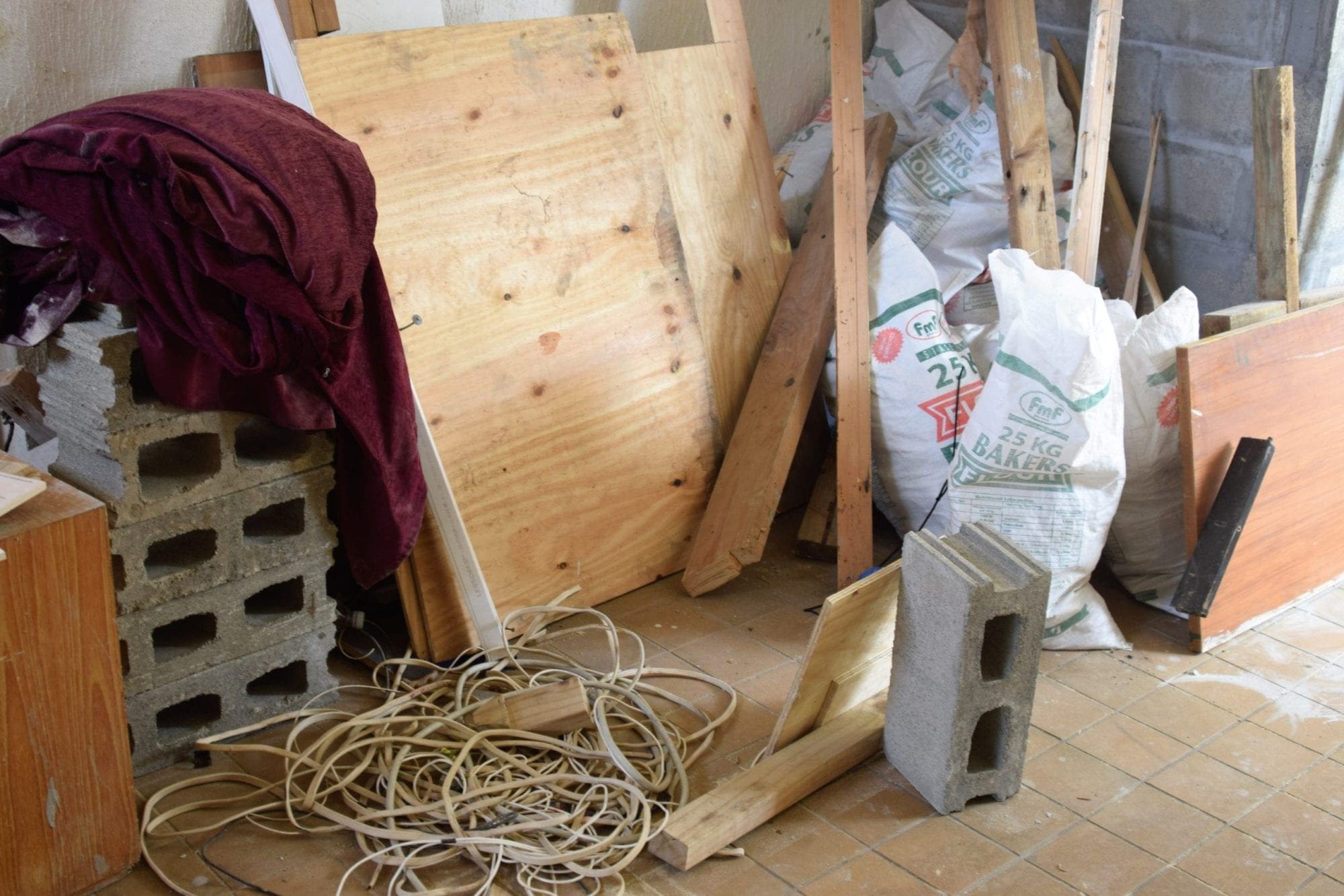
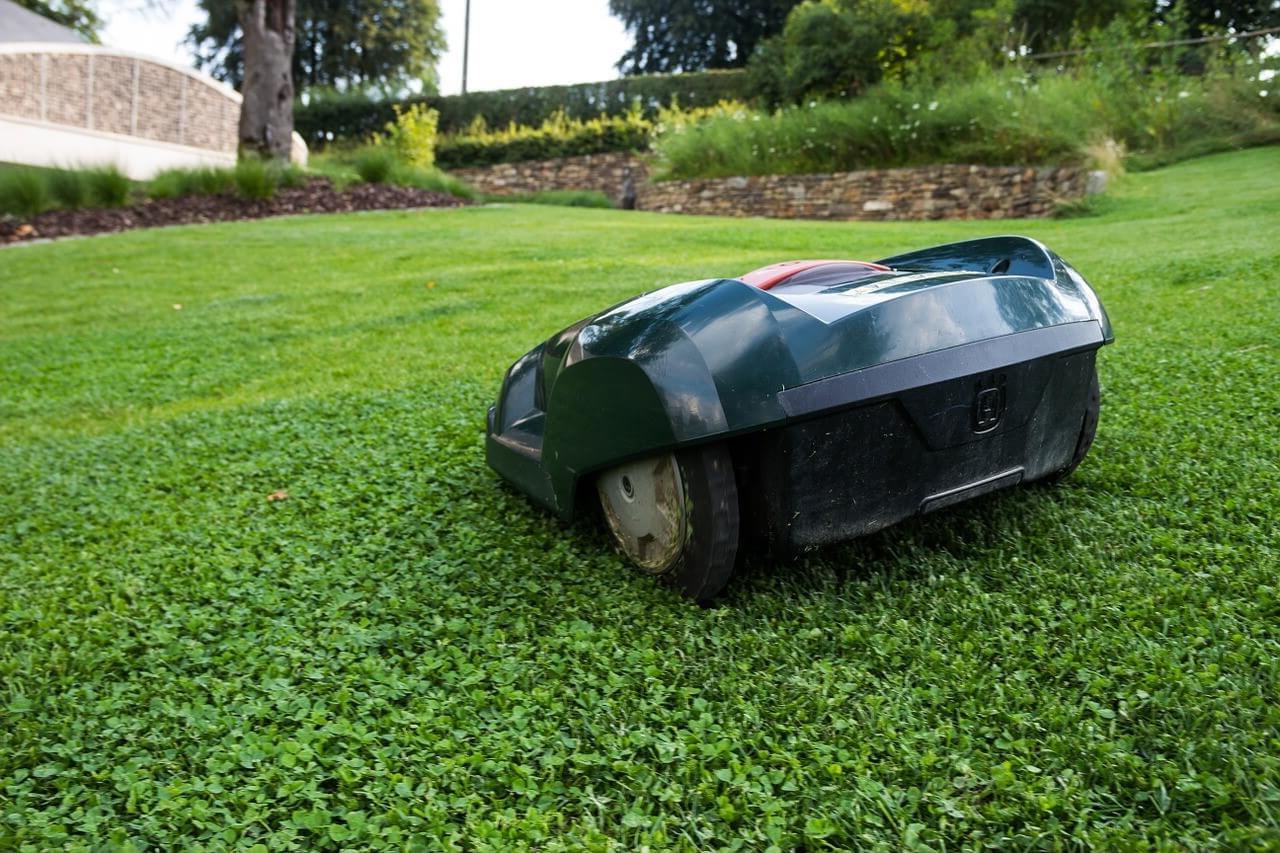
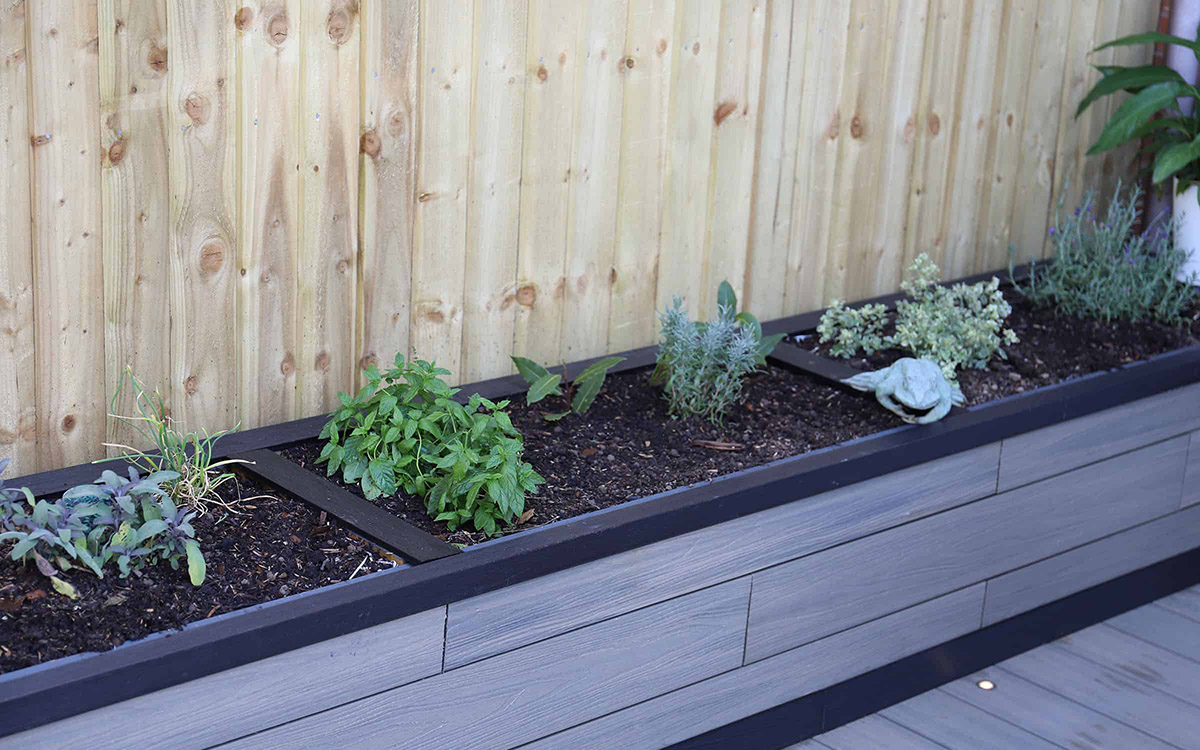
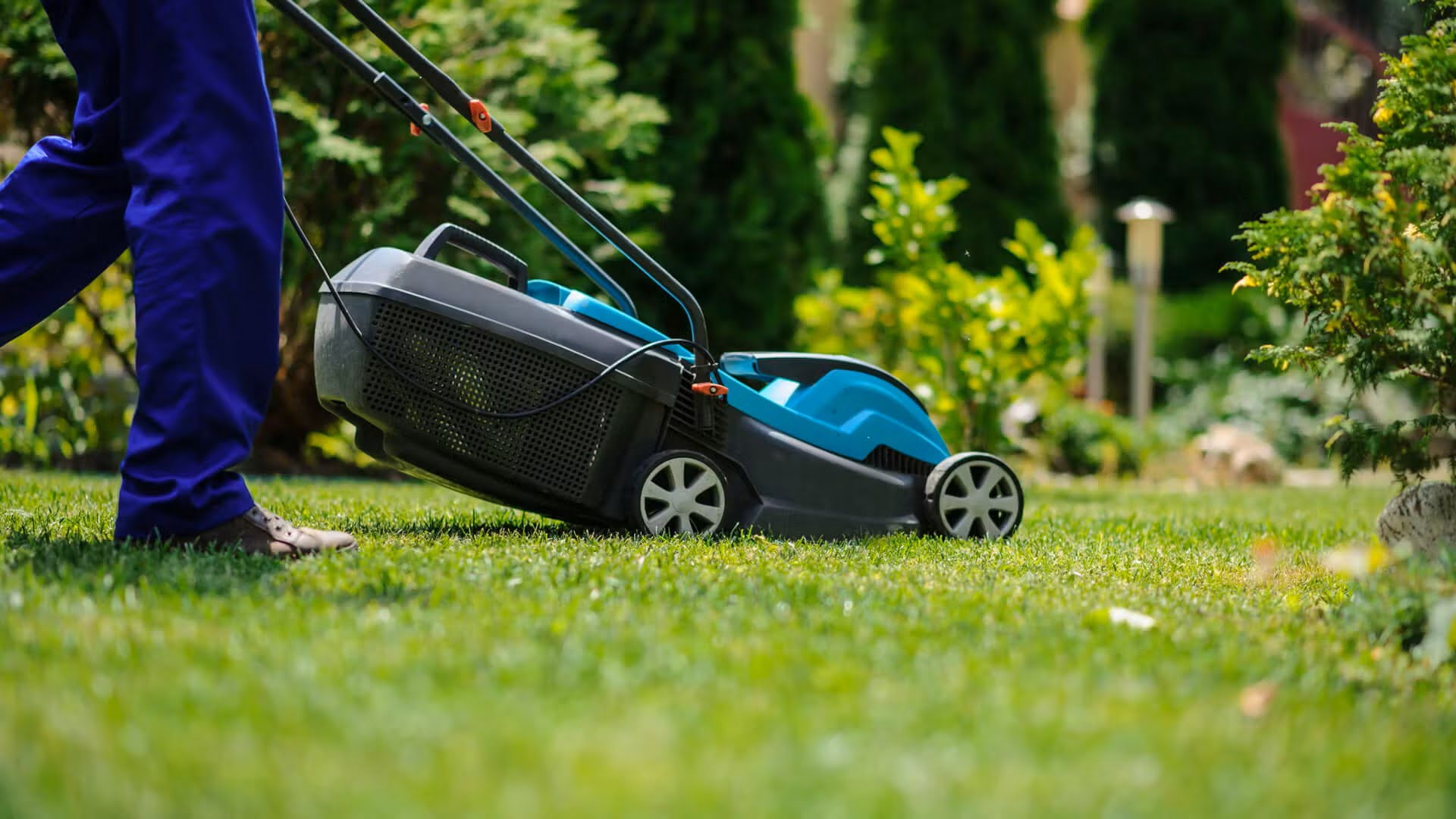


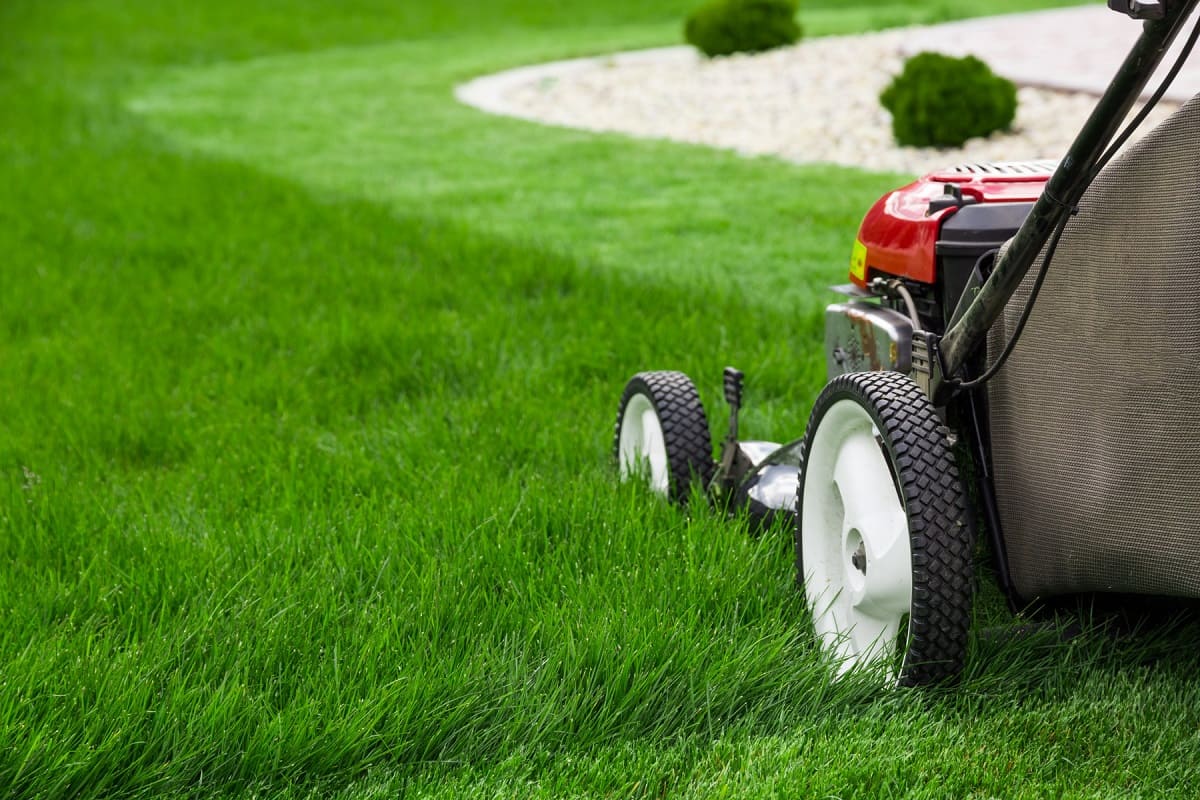

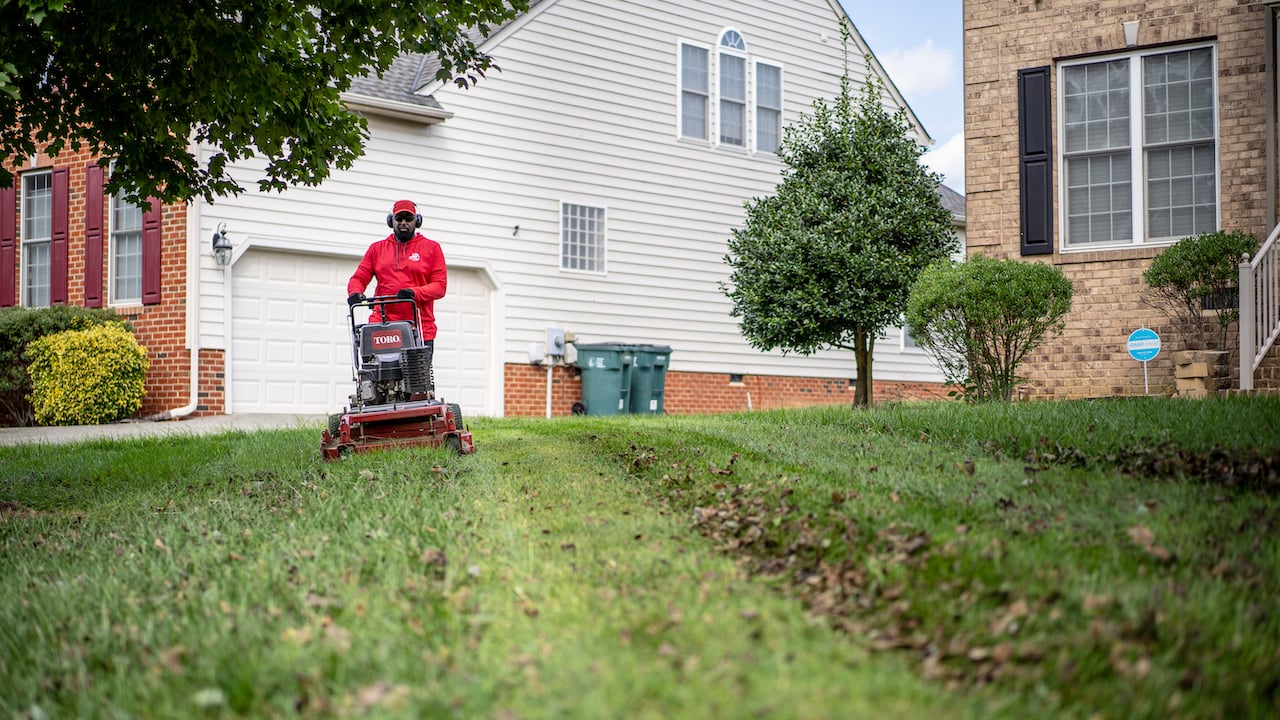

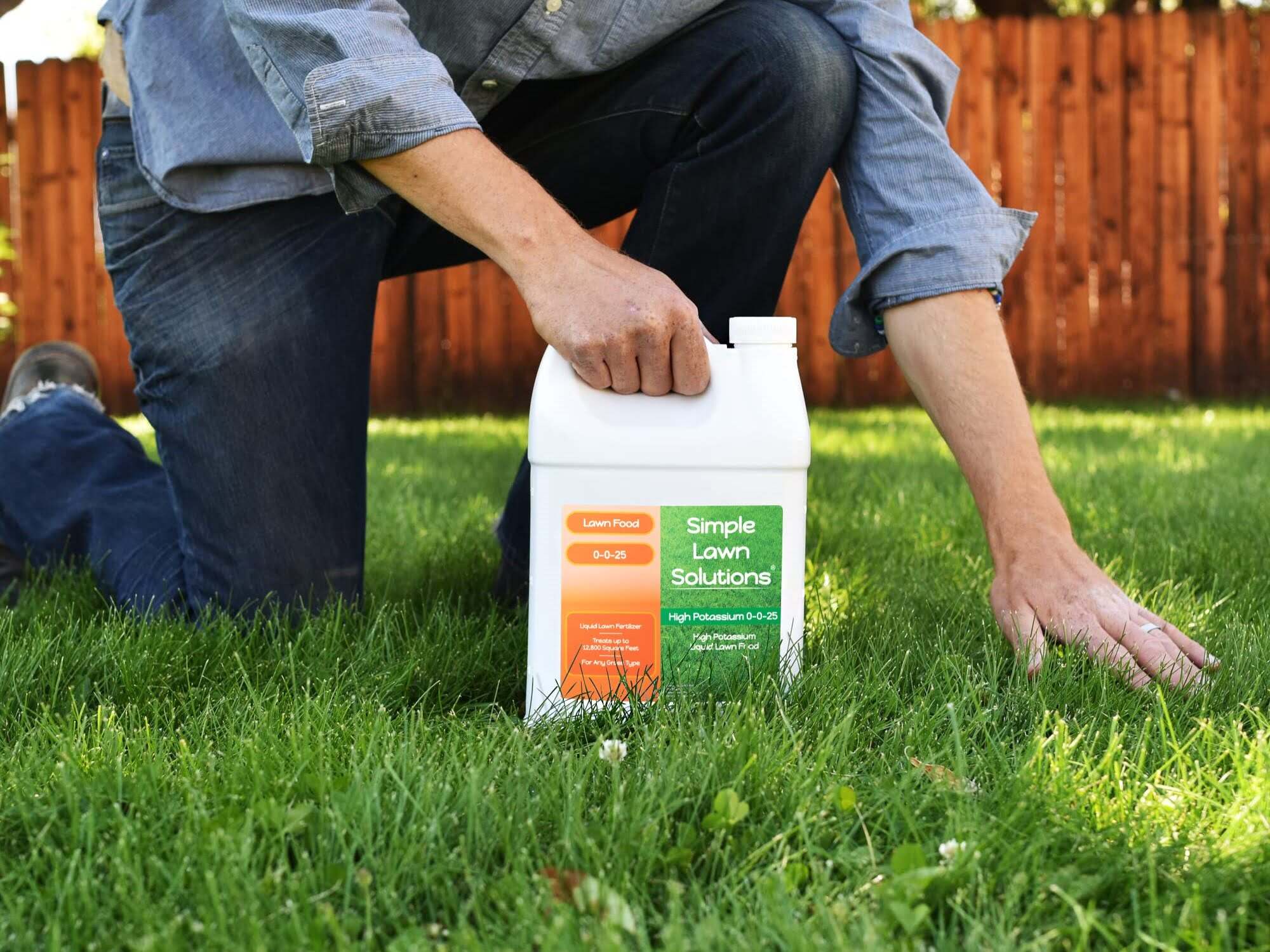

0 thoughts on “What Do Lawn Care Companies Do With The Leftover Clippings”